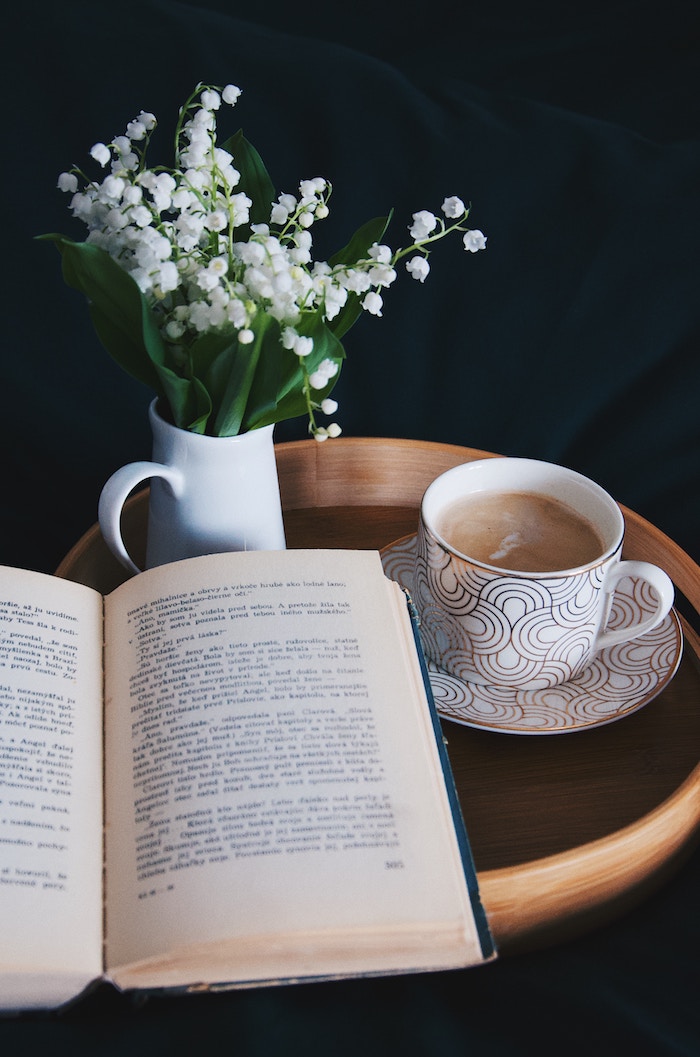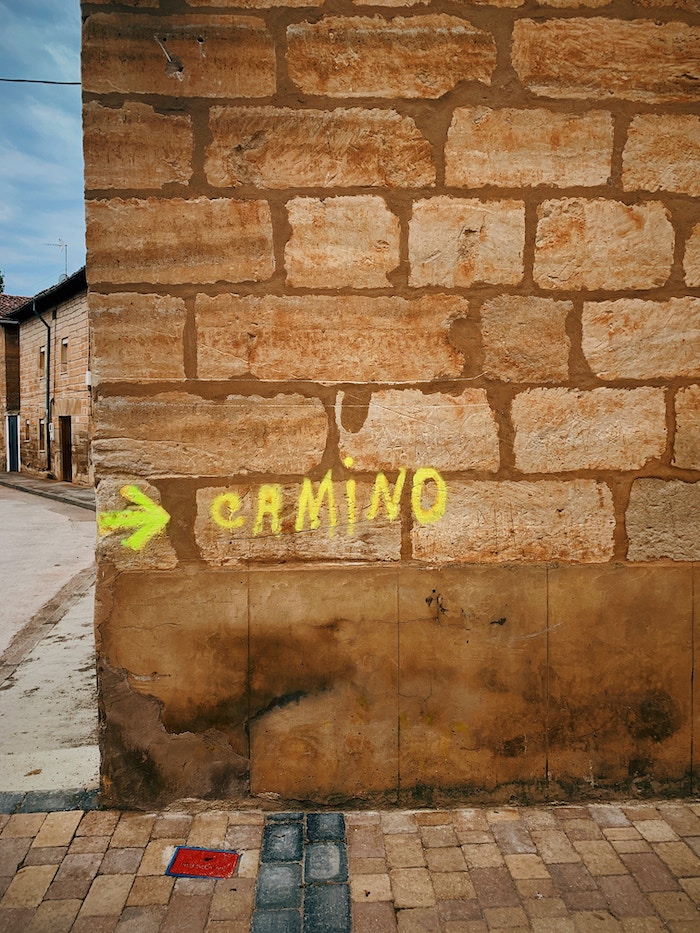One of the best things that a woman can do for herself is learn to love and accept her menstrual cycle. It’s a part of who she is and a vital health indicator. Ever noticed your period arriving a few days late synchronized perfectly with that huge work deadline or looming exam? Just like the change in season or phases of the moon, our menstrual cycles are always with us and always changing.

One small part of it is the good ol’ monthly bleed; those few days to a week during which your emotions can stretch from one end of the spectrum to the other, but generally you’ll be in need of some TLC and quiet time. Keeping things simple and making things easy for yourself should become your mantra. Trying to do more than you feel up to will only result in you feeling burned out.
Part of keeping things simple is having reliable and effective tools for, ahem, working with said period. The last thing you want to do is realize you’ve started bleeding at 11 pm on a Sunday night. Digging around all your drawers and through your purses in the hope of a sad-looking, crumpled, seen-better-days tampon turning up is not worth the struggle. Instead, what if you could have go-tos that don’t run out because they aren’t disposable? Like the clothes in your closet or makeup brushes on your vanity, they’re there when you need them and will support you as long as is required.
But it’s more than this. We have a responsibility to keep our waste to a minimum. Just as we’ve seen a growing trend towards reusable bags, silverware, straws, etc., we too can have zero-waste periods. The average woman uses 9,600 tampons in her life. Now that’s a scary thought! Combine this with how many toxic compounds are found in pads and tampons and it’s a total nightmare.
If you’re trying to live a healthier, more environmentally-friendly lifestyle, fear not; I’ve got you covered with this zero-waste period guide.
Zero-Waste Period Essentials
First up, the menstrual cup. If you’re a tampon-wearer because you hate the feeling of the diaper-like sensation of some sanitary pads, these are for you. And even if you don’t like tampons, these are for you, too. Inserted into the vagina, cups create a vacuum seal around the edge of your vaginal canal, thus preventing leakage. Unlike tampons, they don’t absorb the blood; they simply collect it. Therefore, there’s no risk of Toxic Shock Syndrome (TSS). When it’s time to remove said cup, you simply give the bottom of the bell a gentle squeeze to break the seal, then remove, empty the blood, rinse, and reinsert. Check out Irena’s experience with a menstrual cup here.
Menstrual cups date back to the 1930’s, although thankfully they’ve come a long way since earlier rubber models which caused irritation in some users. Today, most brands on the market use medical-grade silicone because it’s durable and hypoallergenic. The pioneer of this movement was UK-brand Mooncup back in 2002. There are all kinds on the market these days and a really useful comparison chart can be found here. Sizes and firmness differ between brands and it might take trying a couple before you find the one for you. My favorite brand is Ruby Cup, because they have a “cup for cup” policy meaning that for every cup that is purchased, they donate one to a woman who does not have access to menstrual care products. They also offer a small size in addition to the regular cup for women with a lighter flow.

Reusable tampons are up next. If you aren’t quite ready to try a cup and want something as a transition from your old school disposable tampons, reusable tampons could be for you. Natural sea sponges have been used for centuries and can be worn just like a tampon. But if that’s a little too out there for you, you can also purchase them made of organic cotton which is probably preferred for better hygiene. It’s worth mentioning though that just like tampons, there is a risk of TSS with these (another reason to go for a cup!).

In third are cloth pads. I personally never had a problem when it came to wearing classic pads. To me, they were just part of the deal. But what I did have a problem with was the waste. Essentially just a giant wad of plastic and chemical residues, these things don’t biodegrade and much like tampons, purchasing them is just like throwing money into the trash can.
Cloth or reusable pads don’t feel like diapers. On the contrary, when worn they just feel like thicker underwear. There are tons of different brands on the market and they can be found made of bamboo, cotton, or synthetic fibers. Easy to use and travel with if you purchase a wet bag, give them a quick rinse in cool salt water before washing as normal.

Lastly, period panties. These are rapidly gaining publicity and it’s easy to see why. If you prefer catching the blood outside of your body (a la pads) but want something just a smidge sexier, period pants are a great way of keeping you leak-free without being so obvious. Brands like Thinx have taken the world by storm offering pretty, feminine options such as the high-waisted and the thong, depending on your preference. Otherwise, you can always opt for the standard sports or cheekies. Plus, going one step further, Thinx recently released organic cotton options for those wanting to keep synthetic fiber use to a minimum.

Perhaps one of the most interesting phenomena that I’ve noticed when conducting my research or discussing reusable period products with friends has been the general consensus that these reusable items have in some way minimised cramping and other period pains. I can’t seem to determine the science behind this, but gut instinct suggests that perhaps it derives more from developing an affinity for your cycle than anything else.
Do you use any of these zero-waste period products? Have you noticed better periods since?
Also by Kat: I Took A 30 Day No Makeup Challenge. Here’s What Happened
Related: 6 Ways To Detox Your Period & Embrace Your Flow Like A Wellness Goddess
Painful Period? These Science-Backed Natural Remedies Will Soothe & De-Bloat
Get more like this—Subscribe to our daily inspirational newsletter for exclusive content!
__
Photos: Anders Jildén via Unsplash, Ruby Cup, Earth Wise Girls, Feminine Wear, She Thinx




